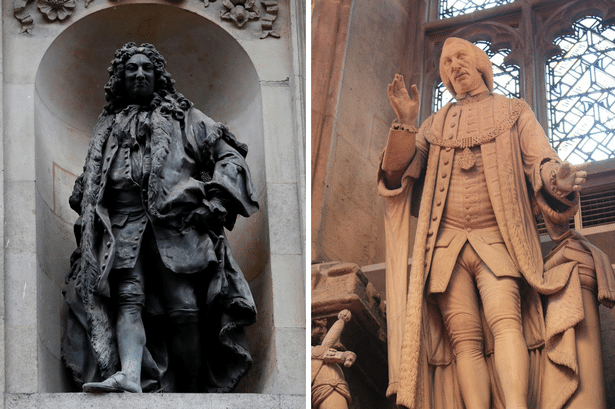
On Thursday, the London City approved removing two statues from its ceremonial Guildhall home of statues because they were statues of men who symbolised the financial sector’s historic role in slavery. The move was voted through by the city’s elected representatives. It is also part of a more extensive debate over how Britain remembers and represents its history which was sparked by the spontaneous toppling of a slave trader’s statue in Bristol during Black Lives Matter (BLM) protests 2020.
Following the BLM protests, the corporation that runs the Square Mile financial district set up a task force on confronting racism. They suggested removing the statues of William Beckford and John Cass from the medieval Guildhall. In the early 1700s, Cass was a merchant in the transatlantic slave trade and a parliament member. In the 18th century, Beckford had plantations in Jamaica with slaves and also was two times Lord Mayor of London.
The BLM Movement was an eye-opener for London’s primarily white financial sector, creating a better understanding of its population’s ethnic diversity. Catherine McGuinness, the city’s political leader, said that “The members believed to create a more inclusive and diverse city by removing and re-siting statues linked to slavery is an important milestone.”
Last summer, there was turmoil at different locations like the Church of England or the Bank of England or in an Oxford University college and other institutions to deal with what should one do about historical legacies such as monuments or statues to people involved in colonialism or slavery.
On the other hand, this sparked a backlash from the ruling Conservative Party, with Prime Minister Boris Johnson accusing those wanting to remove statues of engaging in the great lie or distortion of our history” by trying to “photoshop” the cultural landscape. On Saturday, Robert Jenrick, the minister for local government, said in a newspaper column that he might change the law to require “proper process” to prevent removal of monuments because of an impulse or at the directive of a baying mob.
